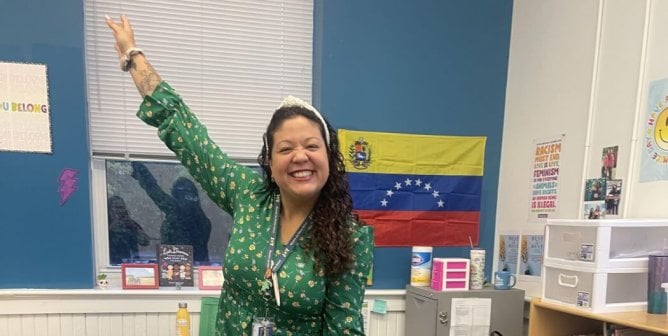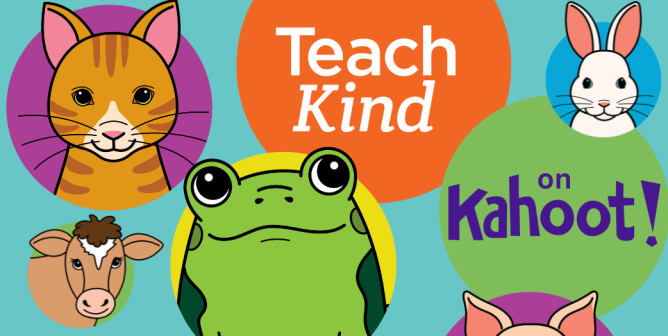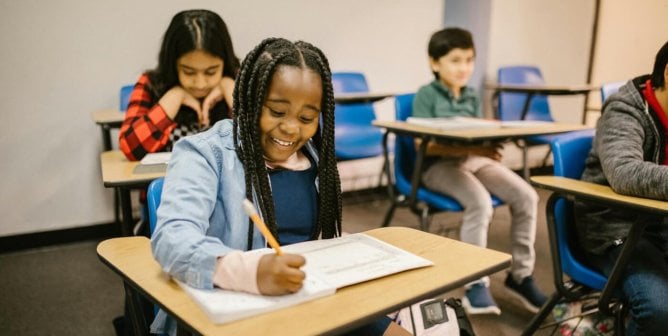Ask SeaWorld to Release Its Prisoners!
This lesson plan is designed to help teachers present animal rights issues to their students. If you’re an educator, please feel free to adapt this material to fit your needs, and contact us if you need help incorporating this activity into your curriculum.
Suggested grade levels: High school
Objectives: To learn about SeaWorld’s use of orcas for entertainment and why it’s problematic.
The documentary Blackfish has changed the world—informing millions of people about the cruelty and danger inherent in imprisoning intelligent, sensitive orcas for entertainment. Torn away from their families in the wild, forced to live in unnatural concrete tanks (the equivalent in size, to them, of a bathtub), and trained to do ridiculous tricks for food, the orcas at SeaWorld are modern-day slaves—prisoners who haven’t committed any crime.
Get permission to screen Blackfish (which is available on Netflix and on the official website) for your students, and ask them to think critically about the treatment that these animals receive. Have them answer the following questions:
- Is it ethical to tear an animal away from his or her family for use in human entertainment?
- Since dolphins and whales are intelligent individuals, how do you think they feel when they’re forced to perform for humans?
- How is imprisonment for entertainment similar to slavery??
- What business model could SeaWorld follow if it were to free all the animals it imprisons?
- If we think that imprisoning orcas at SeaWorld is wrong, what do we think about abusing chimpanzees in laboratories or animals on factory farms?
Take the lesson a step further by asking your students to write a letter to SeaWorld urging it to release its orcas to seaside sanctuaries and asking it to implement the new business model that they crafted.
Have your students record a video that can be seen around the world, such as this one—created by San Diego students at Point Loma High School.





